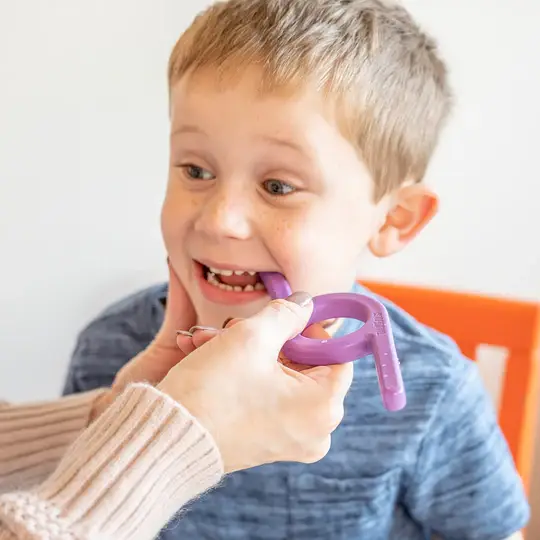I used to think the holidays were a time to focus on the now—have fun however that looks, make our memories, and keep going even when we’re missing loved ones. That’s still true, and planning ahead can help. If it’s useful, here’s a short, gentle read on preparing your child for the upcoming holidays.
Why the Empty Chair Matters
Sometimes the table is different this year—one less chair, one voice we don’t hear. Our kids carry real feelings about grandparents, family members, or dear friends who aren’t here. Because children process differently, those emotions can be bigger and deeper than we realize. In our family, believing a loved one is “in a better place” brings comfort; still, the feelings are real and present.
If you want age-wise language, the AAP offers guidance on talking with children about death. The Dougy Center also has simple holiday tips and a gentle “plan for the day” worksheet that many families like.
Spotting Feelings (Even When They Look “OK”)
How does grief show up for your child? There isn’t a cookie-cutter answer. Every child has deep feelings and may need to hear things in just the right way to process them.
Look for changes in sleep, appetite, attention, or a sudden “No thanks” to favorite traditions. Some kids get extra silly; others get extra quiet. Trust your gut—you know your child best.
Grief Isn’t Only About Death
Kids also grieve changes: a friend who moved away, a helper who changed jobs, a routine that isn’t possible anymore. We adults text, call, and plan visits. Our kids often need guidance, structure, and support to do any of that—sometimes it’s not possible at all. The feelings still need somewhere to go.
Gentle Ways to Help (Simple, Doable Ideas)
- Name it: “I wonder if you’re feeling sad because you’re missing loved ones today.”
- Make a simple plan: Use a “plan for the day” worksheet (like the Dougy Center’s) so kids know what’s coming and what choices they have.
- Create a small ritual: Light a candle, set a photo on the table, make a favorite recipe, or tell one funny memory.
- Offer sensory supports: Short movement breaks, chewy or fidget options, and a quiet corner can lower overwhelm. Some families like choices from the TalkTools Sensory Tools collection or the Sensory Tools Bundle.
- Connect with helpers: If you’re unsure how to reach your child, ask their therapist or counselor for language and strategies that fit them.
- Right-sized choices: Two or three options (“sit by me,” “help with napkins,” or “take a break”) give control without overload.
- Keep the door open: Grief isn’t one-and-done. Let kids circle back after the holiday.
Caregivers Need Tools, Too
It helps to have words ready. For parent-friendly education you can use at home, visit the Parents Resource Hub, Parent Video Library, or the free Resource Library. If you want quick tip sheets by age, the NCTSN has practical guides for young children and for teens. A parent perspective on busy seasons is here: How We Survive the Holiday Season.
A Realistic, Hopeful Ending
The holidays can be beautiful. They can also highlight change, and kids feel that—just like we do. If your child is missing loved ones at the holiday table, a few simple supports can make the day softer. It’s okay to do less. It’s okay to try again tomorrow.
I’ll share more next month.


